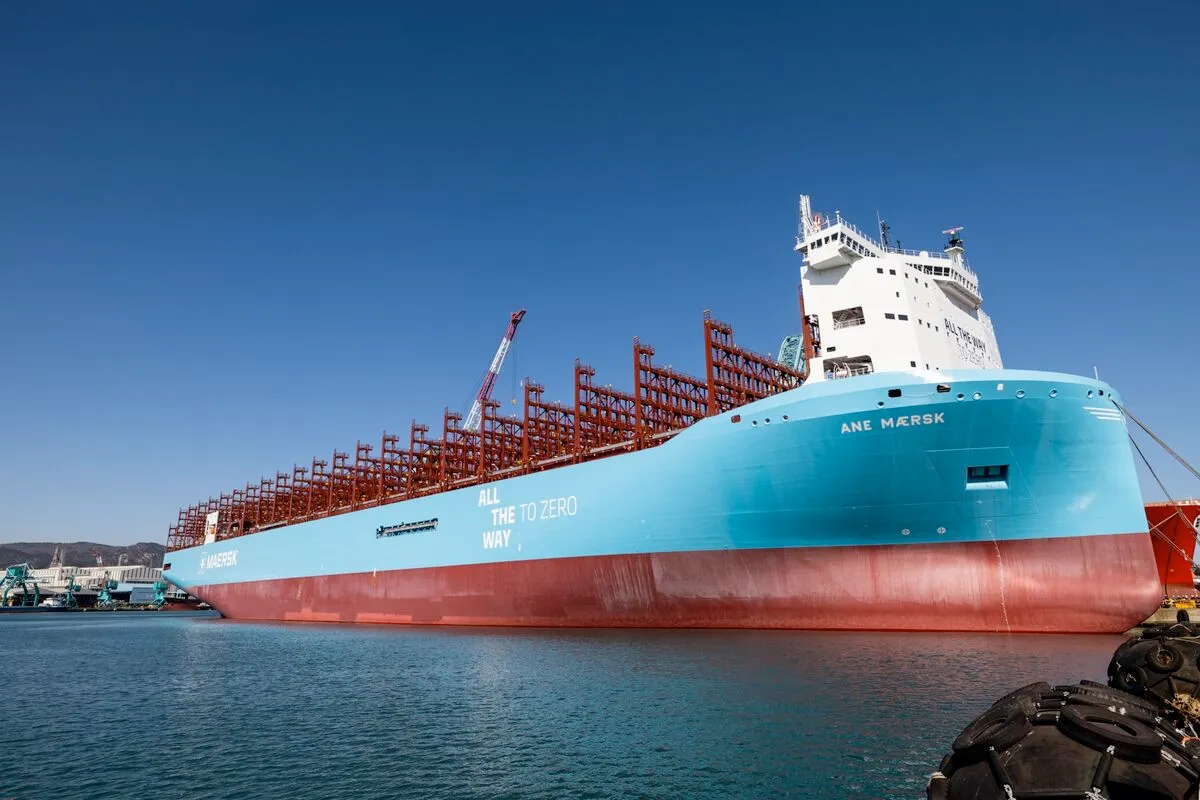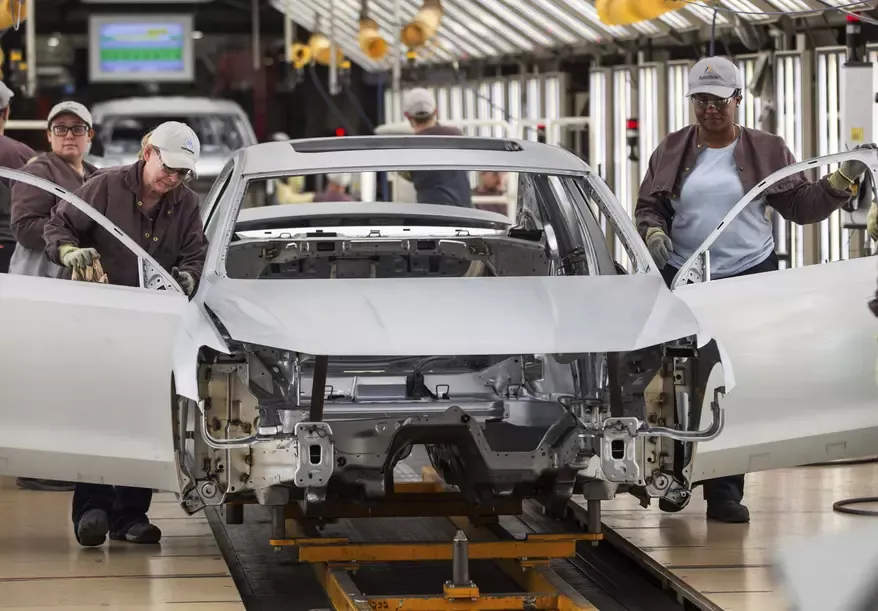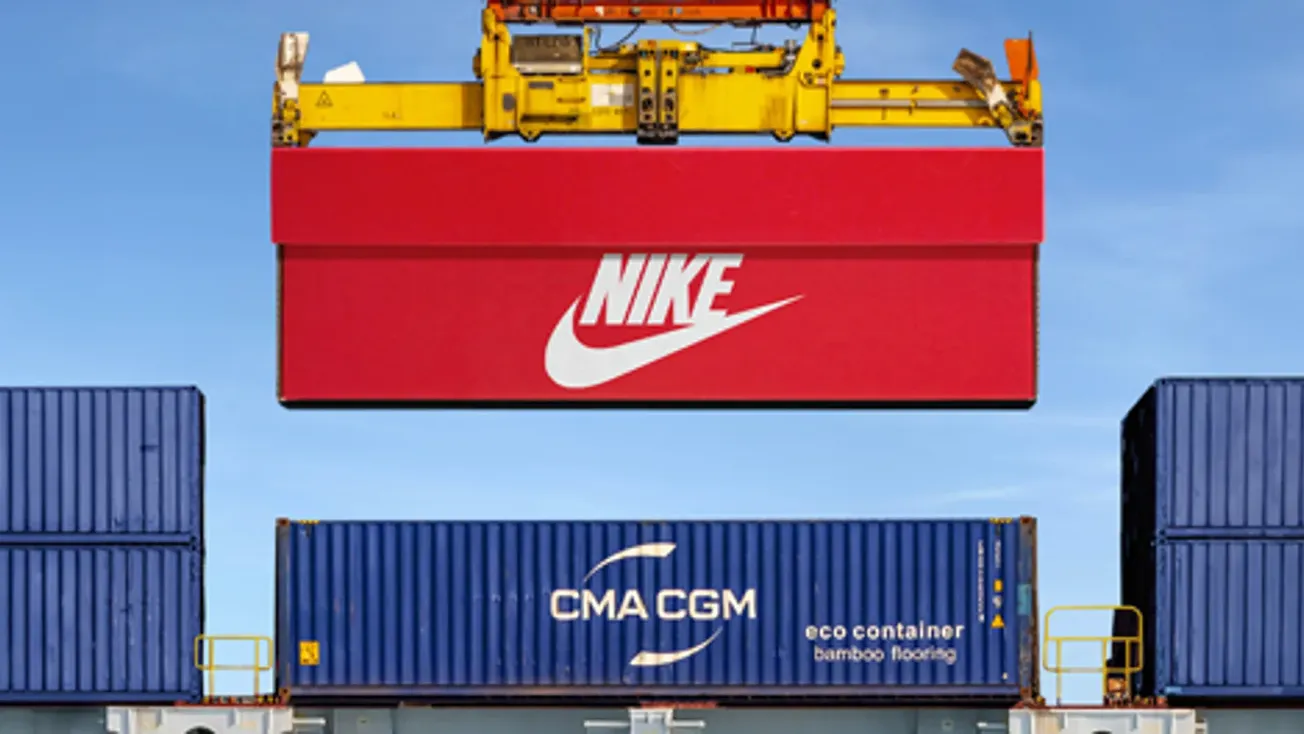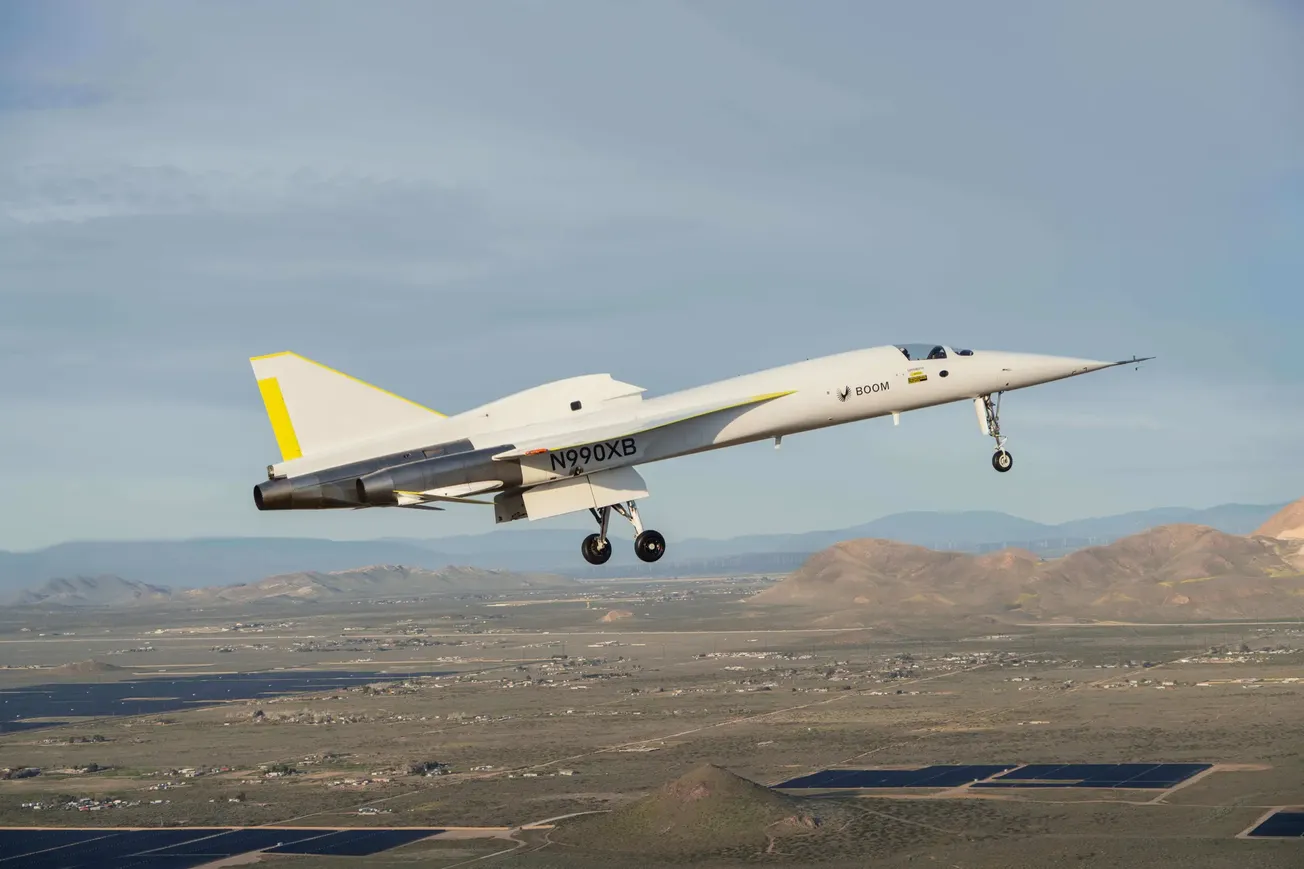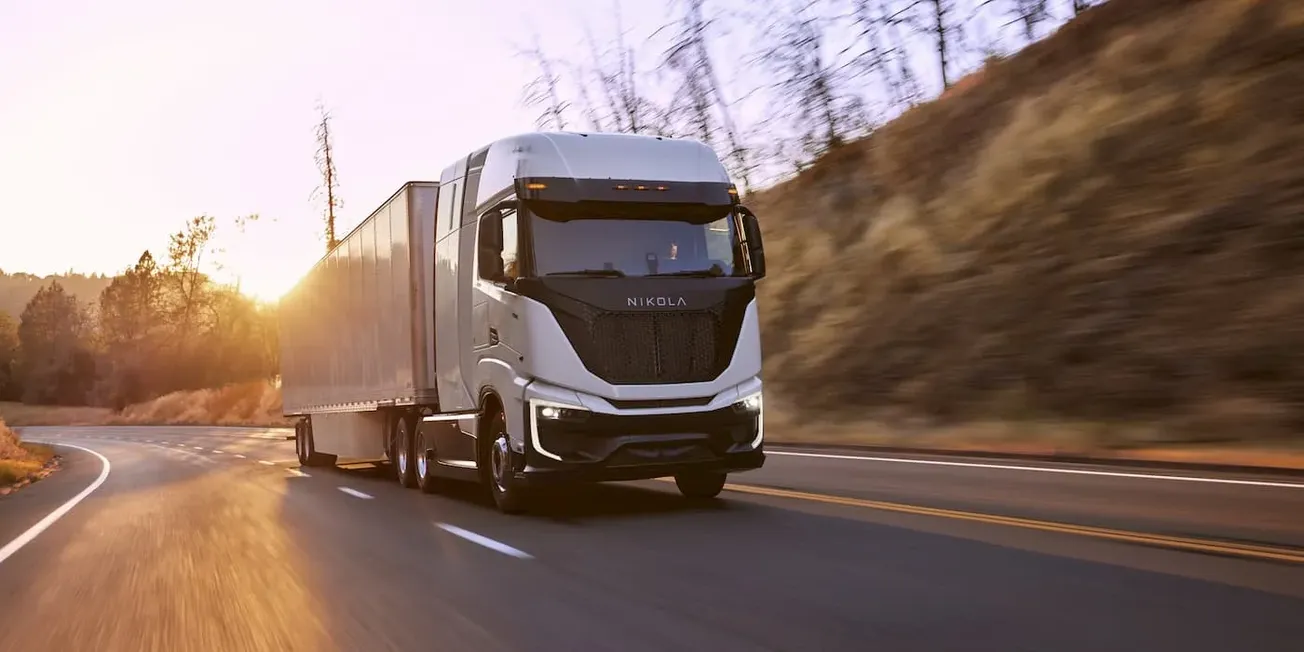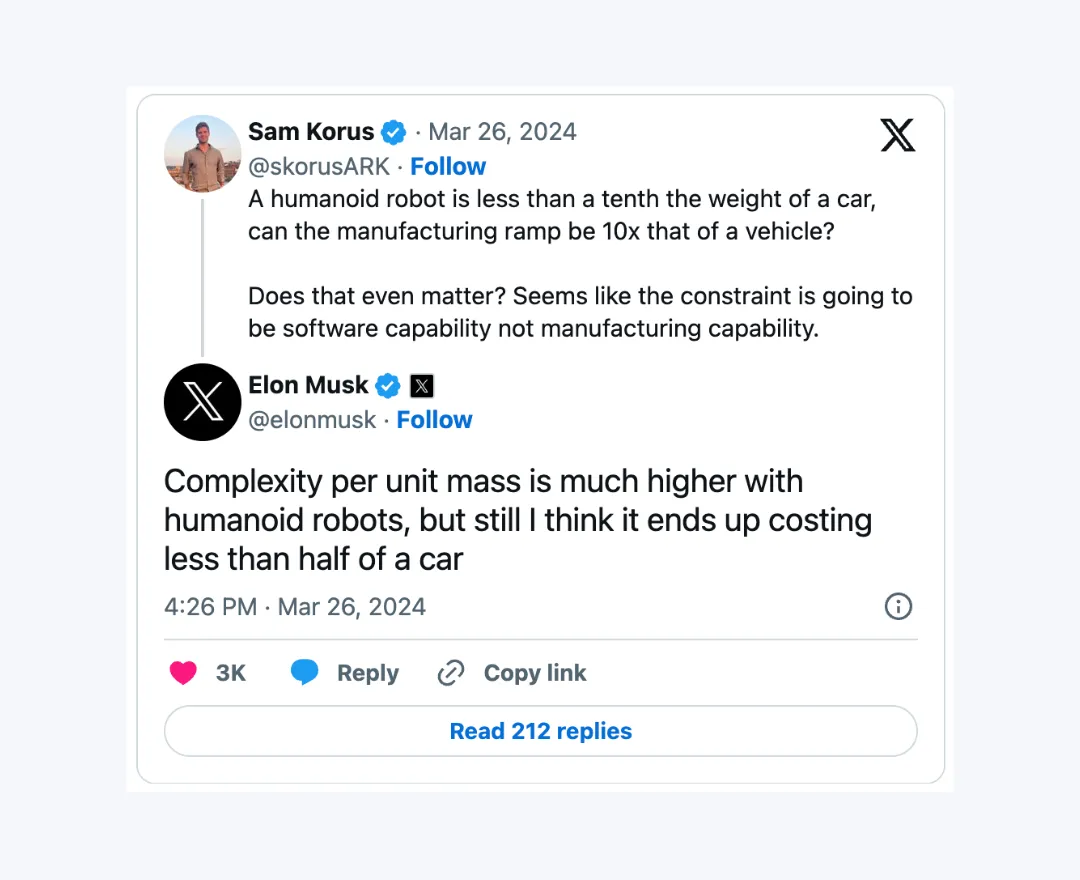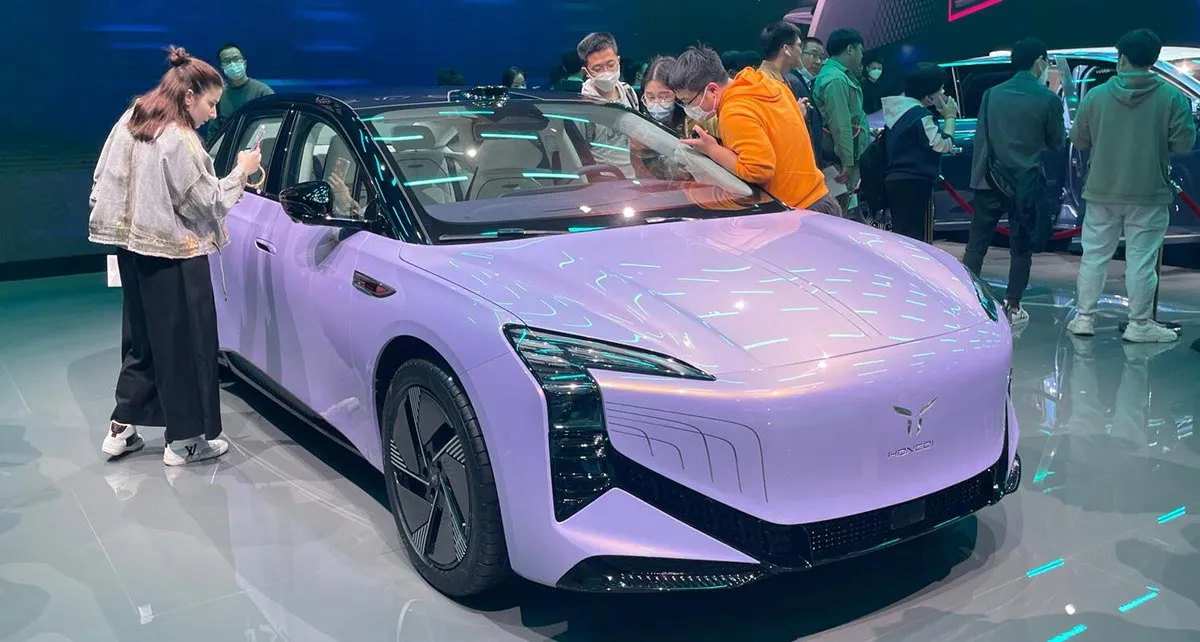Table of Contents
The world’s second largest shipping company is betting big on methanol.
Last week, A.P. Moller-Maersk unveiled the Ane Maersk, the world's first methanol-powered vessel capable of long-distance ocean travel, at the HD Hyundai Heavy Industries Co. shipyard in Korea.
The Ane Maersk measures 350 meters in length and can carry 16,592 twenty-foot-equivalent-unit (TEU) containers. This vessel is set to operate on routes connecting Asia, the Middle East, and Europe, with plans to be fully operational by February.
Big picture: The shipping industry is feeling the heat to cut down emissions, especially with the International Maritime Organization's goal of net-zero emissions by 2050. And Maersk is committing to methanol as a key part of its strategy to achieve this goal:
- Last year, they launched a smaller methanol-fueled vessel, and now the Ane Maersk.
- They're aiming for a fleet of 25 methanol ships by 2027.
- To keep these ships running, Maersk is purchasing 500,000 metric tons of methanol yearly from a Chinese supplier. And they've even set up their own fuel production company, targeting 3 million tons of production by 2030.
Leonardo Sonzio, Maersk's fleet management and techology head, says, “By 2030, our ambition is to have 25% of our cargo to sail on green fuels. To do so we have a plan on replacing the existing fleet with vessels that can sail on green fuel.”
But let's keep it real… the shipping world's shift to clean energy is still in its infancy. The big hurdle? Scaling up green fuel production. According to Bloomberg, only 5.5 million tons of green methanol will be produced in 2027, a fraction of the 540 million tons required to fully replace all marine fuel by 2050.
So, while your next Amazon package might not be carbon neutral just yet, it's clear that shippers are stepping up their game in the fight against carbon emissions.

